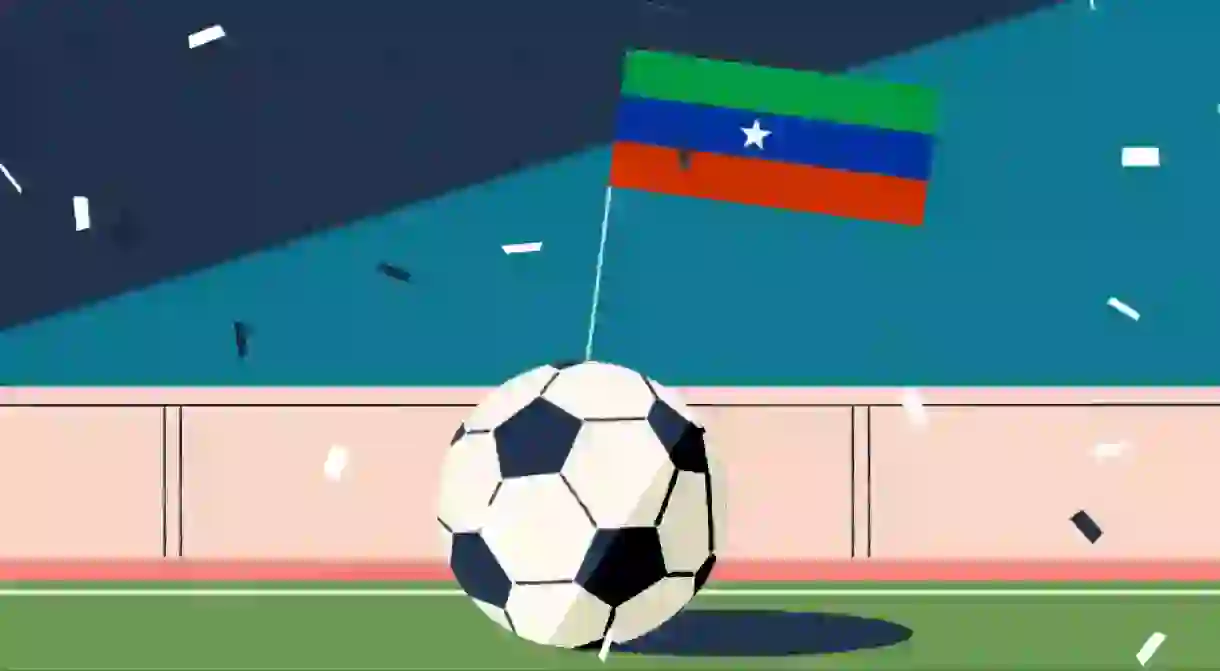A Brief Guide to Barawa

From suffering various European invasions, to modern politcal autonomy, get a quick rundown on the east African region of Barawa, its history, culture and demographics.
Location:
Barawa – sometimes referred to as Brava or Baraawe – is a town in the south-west of Somalia and, more specifically, is the capital of the Lower Shebelle region. A historic port town, it has a population of just over 30,000, but when factoring in the Barawa District as a whole the Bravanese number nearly double that.
History:
In medieval times Barawa fell under the Ajuran Empire along with the rest of southern Somalia, as well as some other neighbouring countries. The region was invaded by the Portuguese in 1506, who were determined to gain control of Barawa given its location and its trading routes across the Indian Ocean. Despite burning the city to the ground at the Battle Of Barawa the resistance that the Portuguese faced eventually forced them to retreat.
In the late 1880s Italy acquired what was to become Italian Somaliland (an area that included Barawa), and the region stayed under Italian rule as the country’s fascist dictatorship gained greater power. Along with the likes of Ethiopia, Eritrea and Djibouti the area became Italian East Africa in the 1930s until it was lost to the British during the Second World War. Although Ethiopia would gain its independence in 1949, Somalia wouldn’t get its own until 1960.
More recently the region has been affected by civil war and the emergence of piracy along its coastline, although in the last five years the number of attacks on boats has been reduced significantly. The political situation in Somalia as a whole remains fragile, but does now operate under its first permanent central government since the civil war.
Political status:
On the international stage Barawa is considered part of Somalia. The Somalian politcal system divides the country into 18 different administrative divisions, with Barawa falling under the Lower Shebelle division.
Barawa spent five years under the control of Al-Shabaab militants from 2009 to 2014, but after Operation Indian Ocean, which saw Somali Armed Forces and the African Union Mission to Somalia (AMISOM) combine, control of Barawa was wrestled back.
Barawa are competing at the 2018 CONIFA World Cup, here’s everything you need to know about the tournament.
Demographics:
As well as the Bravanese, Barawa includes the Tunni clan (of Somali descent). Along with standard Somali, the Bravanese speak Chimwiini, a form of Swahili, while the Tunni speak Af-Tunni, which is a Somali dialect.
The Bravanese people migrated to Barawa from other countries, predominantly in the Middle East, and settled in what has become the town. The town has taken its name from the people who inhabit it, rather than the people from the town. In Barawa today, as well as the Bravanese and Tunni, there are also small amounts of Omani and Yemini communities, with virtually the entire population following Islam.
Profile:
Population: 30,000 approx.
Capital: N/A
Major languages: Somali, Af-Tunni (Somali dialect), Chimwiini (Swahili dialect)
Currency: Somali Shilling
Major religions: Islam













